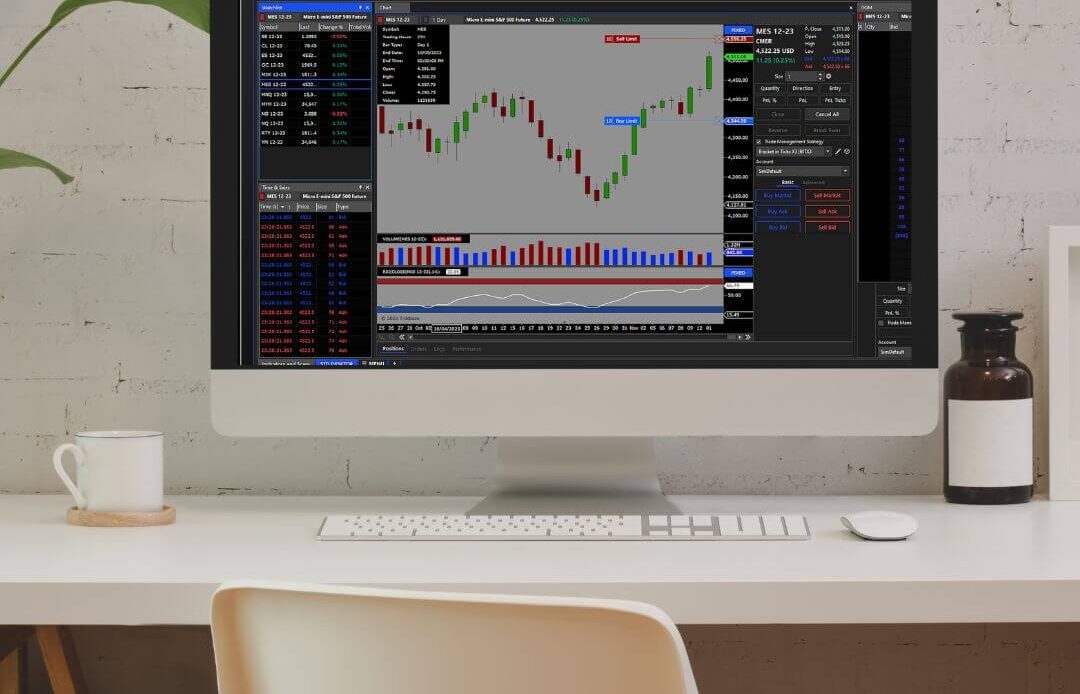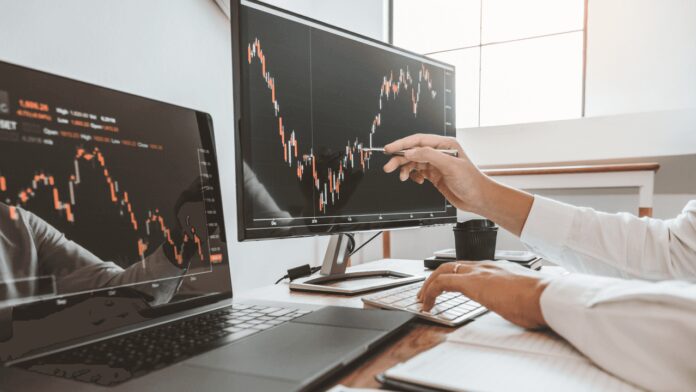In the fast-paced world of trading, the right software can make all the difference, transforming your investment strategy from mundane to magnificent. With a plethora of automated trading software available on the market, each boasting an array of features and capabilities, choosing the perfect match for your trading style can feel overwhelming.
Do you prioritize advanced algorithms that adapt to market changes in real-time, or do you lean towards user-friendly interfaces designed for seamless navigation? Perhaps you crave robust analytical tools that provide deep insights into market trends.
As you embark on this journey to select the best automated trading software, understanding your unique needs and preferences is pivotal. This guide will illuminate the key considerations to help you navigate this intricate landscape and empower you to make informed decisions for your trading endeavors.
Understanding Your Trading Goals and Needs

Understanding your trading goals and needs is the cornerstone of selecting the most suitable automated trading software. Are you a novice seeking to dip your toes into the world of trading, or a seasoned investor aiming to streamline your sophisticated strategies?
Perhaps you’re focused on day trading, with its whirlwind of rapid decisions, or maybe you’re after a long-term investment horizon, looking for stability and growth. Each of these objectives requires different functionalities from your trading software. Furthermore, consider your risk tolerance: do you prefer aggressive tactics that chase high returns, or are you more conservative, favoring software that prioritizes capital preservation?
By clearly defining your aspirations and limitations, you position yourself to sift through the myriad options available, matching your unique profile with software that not only meets but enhances your trading journey.
Key Features to Look for in Trading Software

When choosing automated trading software, several key features demand your attention. First and foremost, examine the software’s algorithmic capabilities—how sophisticated are the trading strategies it employs?
Look for options that provide customizable settings, allowing you to tailor the software to your specific trading style and risk tolerance. User-friendly interfaces can save you valuable time, especially for those who may be new to the trading world; a steep learning curve can dissuade even the most eager traders.
Additionally, ensure that the software offers robust backtesting tools, which enable you to simulate trading strategies against historical data, giving you insights into potential performance before committing to real capital. Don’t overlook connectivity options, as seamless integration with various exchanges and financial instruments is crucial for executing trades effectively.
Lastly, prioritize software with comprehensive customer support; trading can be unpredictable, and having reliable assistance at your fingertips can make all the difference in navigating the markets successfully.
Evaluating Risk Management Tools
When evaluating risk management tools in automated trading software, it’s essential to delve beyond surface features and consider how these tools align with your trading strategies and risk tolerance. Start by examining the range of risk assessment metrics offered—think stop-loss orders, dynamic position sizing, and backtesting capabilities.
Each feature should not only provide protection but also enhance your decision-making processes. Consider how intuitive the interface is; can you easily customize risk parameters to suit varying market conditions?
Furthermore, scrutinizing the software’s track record in mitigating losses during volatile periods can provide invaluable insights. Ultimately, the right risk management tools will empower you to navigate the markets with confidence, turning potential pitfalls into opportunities for growth.
Conclusion

In conclusion, selecting the best-automated trading software for your needs requires careful consideration of various factors, including your trading goals, risk appetite, and the specific features offered by different platforms.
By assessing the software’s compatibility with your investment strategies, user interface, customer support, and performance analytics, you can make a well-informed decision that aligns with your trading style.
Remember that the right automated trading software not only streamlines your trading process but also enhances your ability to implement effective automated trading strategies, ultimately leading to more successful outcomes in the dynamic financial markets. Take the time to research and trial various options, ensuring that you choose a solution that empowers you on your trading journey.




